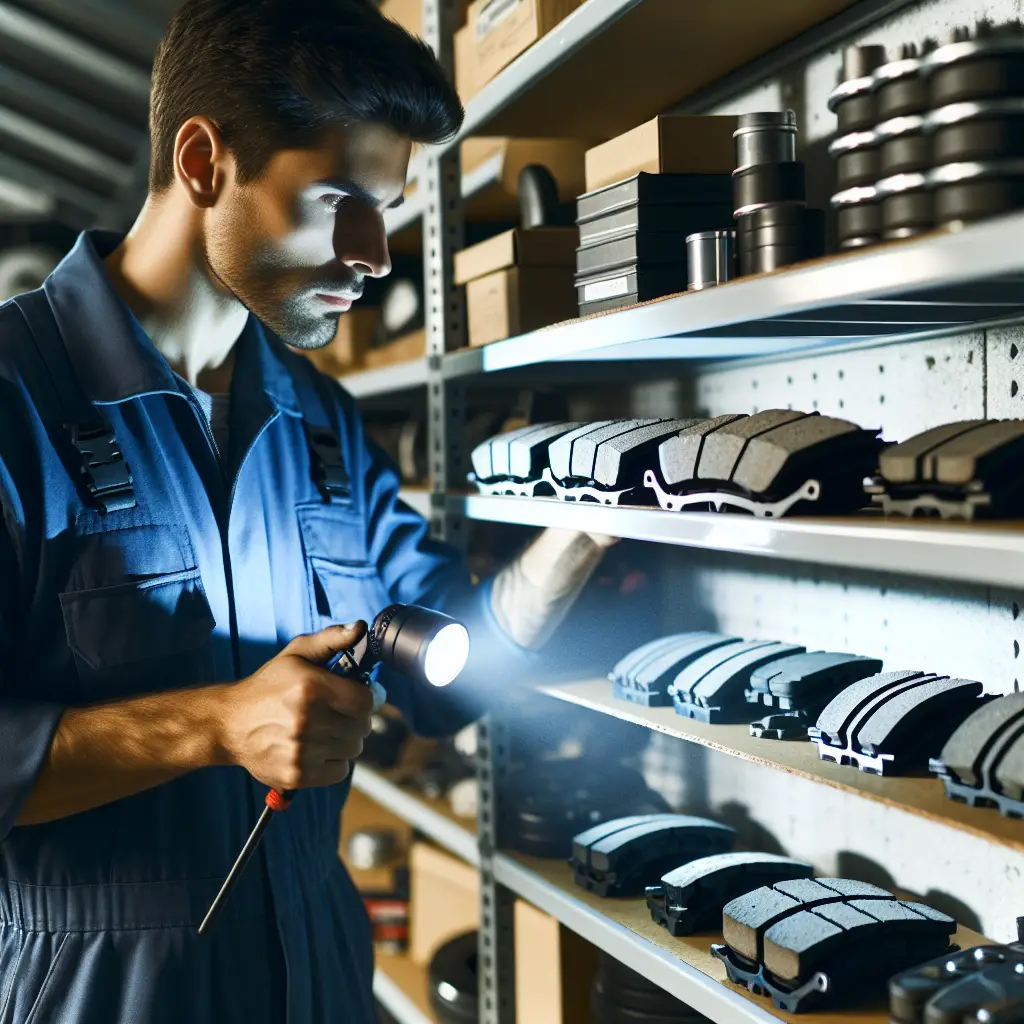Do Brake Pads Have a Shelf Life? Understanding the Lifespan of Your Vehicle’s Critical Safety Feature
When it comes to vehicle maintenance, one of the most critical safety features that often come up for discussion is the brake system, particularly the brake pads. It’s a common question among car owners and enthusiasts alike: do brake pads have a shelf life? The short answer is not straightforward, as several factors influence the lifespan of brake pads.
Unpacking the Lifespan of Brake Pads
Brake pads are subjected to a tremendous amount of stress throughout their lifetime. They are the pivotal component in your vehicle’s braking system that applies pressure and creates friction with the brake rotors, allowing you to slow down and stop. Over time, they naturally wear down due to this constant utilization. But when they’re sitting on a shelf, away from the heat and pressure of a functioning brake system, do they degrade?
Material Matters
The shelf life of brake pads can depend on the material they are made from. There are primarily two types of brake pads: organic and metallic. Organic pads, which are made from a blend of various fibers and fillers bound together by a resin, might not have an indefinite shelf life. While they don’t necessarily ‘expire,’ the materials can degrade over time, especially in extreme conditions.
On the other hand, metallic or semi-metallic brake pads, which contain steel or iron, could theoretically have an indefinite shelf life if stored properly because the metal does not degrade easily. Ceramic brake pads, known for their durability and performance, also have a long shelf life, given that they are made from dense and sturdy material.
Storage Conditions
Storage conditions play a prominent role in the shelf life of brake pads. High humidity levels can lead to corrosion, especially in metal-based brake pads. Extreme temperatures, both hot and cold, can also impact the integrity of the binding resins within the brake pads. If brake pads are exposed to oils or chemicals in the storage environment, the material can break down more rapidly, affecting their performance and possibly leading to premature wear.
According to technical bulletins from respected manufacturers like Brembo, proper storage is key to preserving the integrity of brake pads over time. They recommend storing brake pads in a cool, dry place – out of direct sunlight and away from any chemicals or oils that may cause deterioration.
Does the Clock Start Ticking Once Installed?
It seems that brake pads only truly begin to ‘age’ – in terms of their functional lifespan – once they are installed and in use. The wear rate will depend on the driver’s habits, vehicle type, brake pad quality, and driving conditions. For example, consistently driving in stop-and-go traffic or navigating hilly terrain can cause more frequent application of the brakes, resulting in quicker wear.
Automotive experts like those at Edmunds advise that the average driver should expect to replace their brake pads every 50,000 miles, but this can vary considerably. Some may need new pads after only 25,000 miles, while others can go beyond 70,000 miles, contingent on the factors mentioned above.
Visual Inspection and Precautions
A visual inspection can usually provide a clue as to whether the brake pads are still viable. If they are cracked, excessively hard, or have any signs of contamination, they should not be used. Even if they’ve been sitting on the shelf for a while, it’s worth having them assessed by a professional before installation. Refer to your vehicle’s owner’s manual or check with your manufacturer for specific advice on brake pad replacement and inspection.
Key Takeaways
To ensure your safety and the optimal performance of your vehicle’s braking system, it is essential to pay attention to the details provided herein:
- Brake pads do not have a specific ‘expiration date,’ but their potential shelf life can be influenced by the materials they’re made of and how they’re stored.
-
Proper storage – a cool, dry location free from chemicals and oils – is imperative to preserving unused brake pads.
-
Inspection by a professional can determine if the pads are still fit for use, regardless of how long they have been stored.
-
Once installed, the lifespan of brake pads comes down to the driving environment, habits, vehicle type, and the brake pad quality.
Conclusion
While brake pads do not have a definitive shelf life, they do ‘age’ and wear down during use. Understanding the factors that can extend or shorten their shelf life – such as the materials they’re made from and the conditions they’re stored in – can help you make informed decisions about when to replace them.
Always remember, safety should be your top priority when it comes to vehicle maintenance. Regular checks and replacements of brake pads, as advised by your manufacturer or a trusted mechanic, will help ensure your brakes are in top working condition for whenever you need to hit the road.
For more detailed insights into braking systems and how to maintain peak vehicle performance, stay informed through reputable automotive sites, and don’t hesitate to reach out to professionals in the field. Your brakes are too important for guesswork. Stay safe, stay informed, and drive with confidence.

